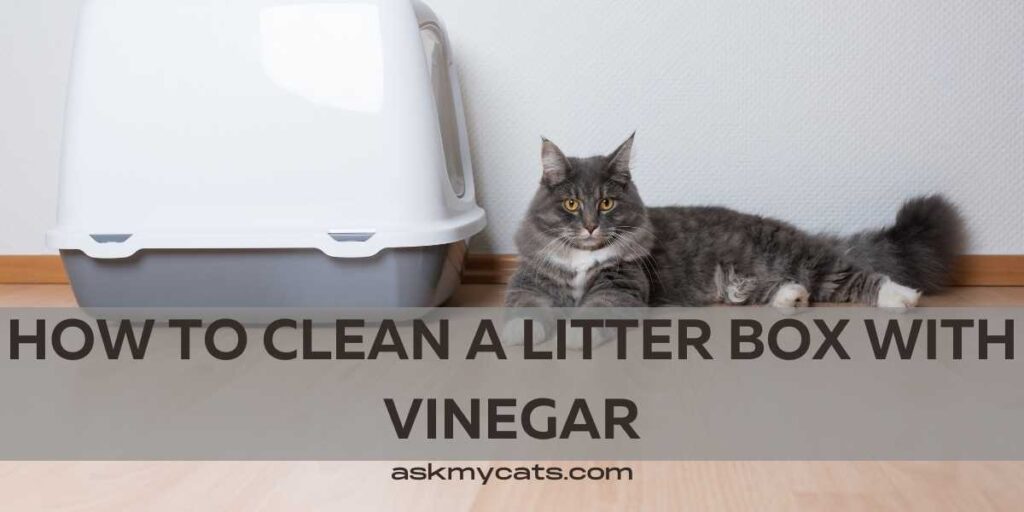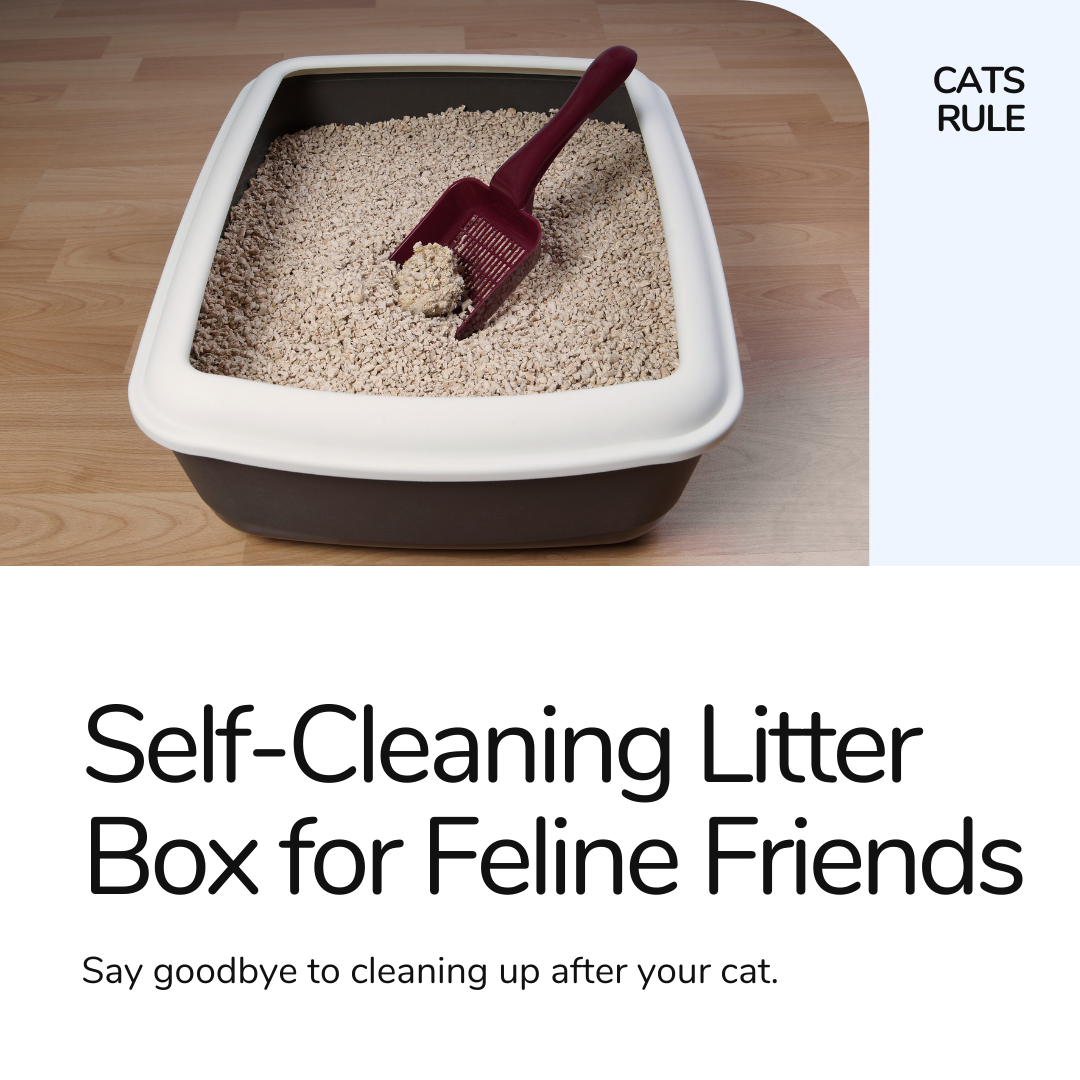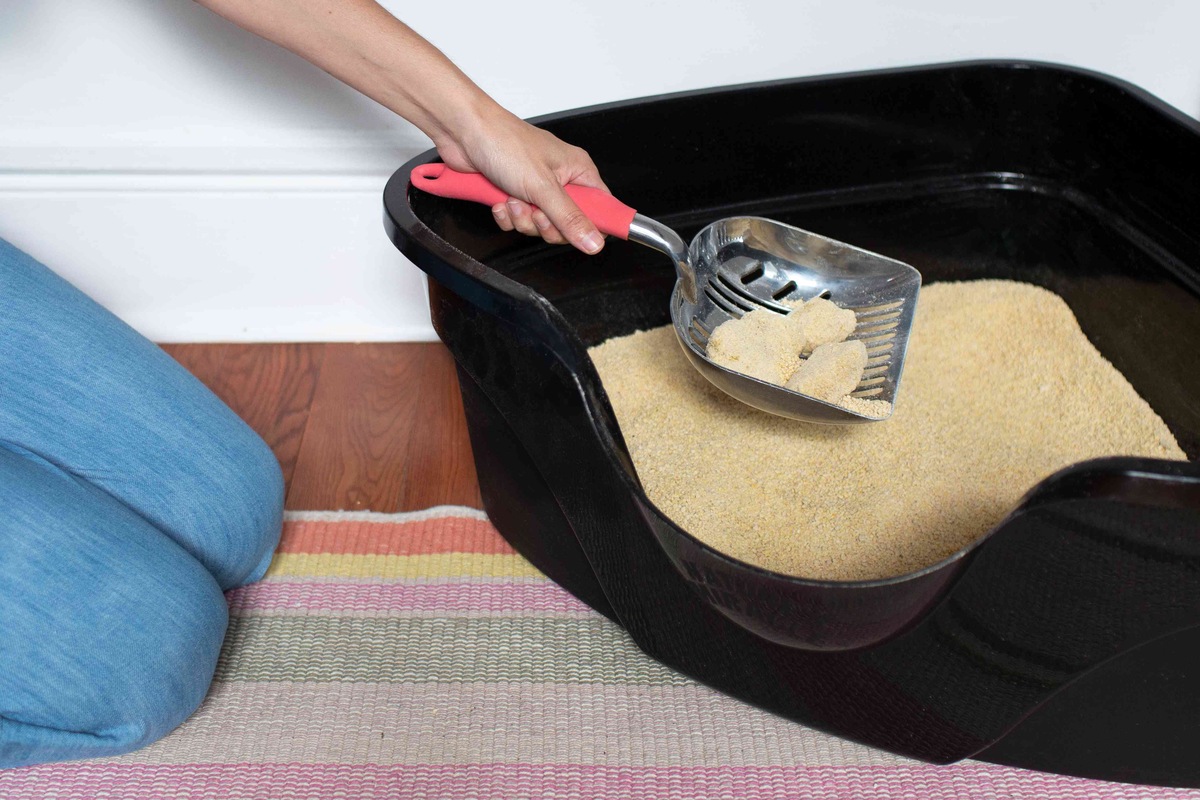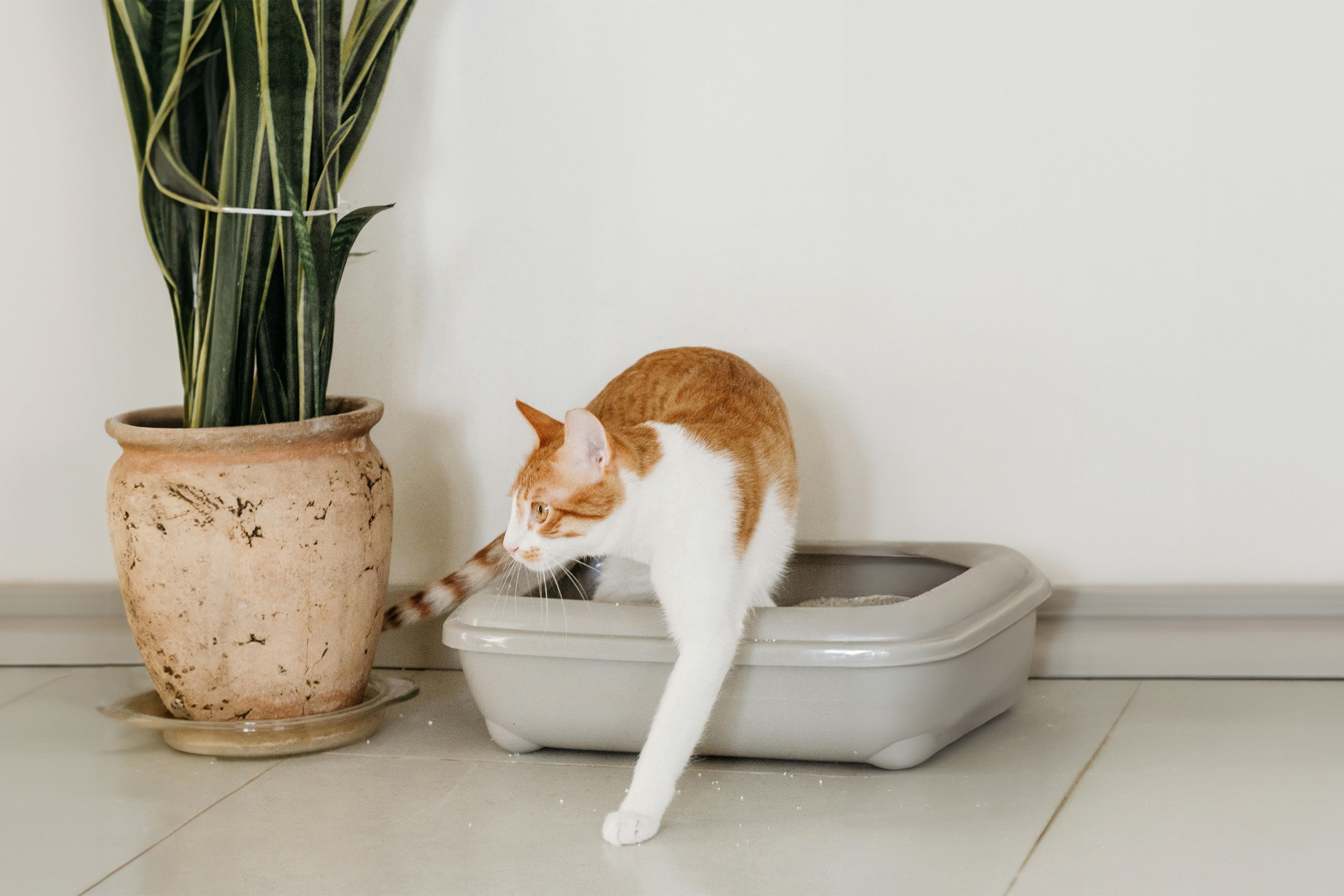What To Clean A Litter Box With

The aroma of freshly brewed coffee mingles with the gentle purr of a contented cat nestled on a sun-drenched windowsill. But wait, a faint, less appealing scent drifts from the corner – a reminder of the less glamorous side of feline companionship. It's time to tackle the litter box, a task often met with a sigh, but one that's essential for a happy cat and a harmonious home.
Choosing the right cleaning supplies for your cat's litter box is crucial for their health, your home's hygiene, and your peace of mind. This article delves into the best options for keeping the litter box clean and odor-free, while ensuring a safe environment for your beloved feline.
The Importance of a Clean Litter Box
A clean litter box is more than just about eliminating unpleasant odors; it's fundamentally linked to your cat's well-being. Cats are fastidious creatures, and a dirty litter box can lead to stress, behavioral issues, and even health problems like urinary tract infections.
According to the American Animal Hospital Association (AAHA), maintaining a clean litter box is a key component of responsible cat ownership. Regular cleaning encourages cats to use the box consistently, preventing accidents outside of it.
Understanding Cat Sensitivity
Cats possess a highly sensitive sense of smell. What seems like a mild scent to us can be overwhelming to them. This sensitivity extends to cleaning products, making it essential to choose wisely and avoid anything harsh or heavily fragranced.
Many commercially available cleaners contain chemicals that can be irritating or even toxic to cats. Ammonia, bleach, and phenols are particularly harmful and should be avoided at all costs, as reported by the ASPCA.
Safe and Effective Cleaning Solutions
Fortunately, several safe and effective options are available for cleaning your cat's litter box. These methods prioritize your cat's health while providing excellent cleaning power.
Hot Water and Mild Soap
The simplest and often the best solution is hot water and a mild, unscented dish soap. This combination is effective at removing dirt and grime without leaving behind harmful residues.
Always ensure that all traces of soap are rinsed away thoroughly before refilling the litter box. Leftover soap can be irritating to your cat's paws and respiratory system.
Baking Soda
Baking soda is a natural deodorizer and can be used to freshen the litter box. Sprinkle a thin layer of baking soda at the bottom of the clean litter box before adding fresh litter.
Baking soda helps absorb odors and keep the litter box smelling fresh for longer. It is non-toxic and safe for cats, even if they ingest small amounts.
Enzyme Cleaners
Enzyme cleaners are specially formulated to break down organic matter, including urine and feces. They are particularly useful for removing stubborn stains and odors.
Look for enzyme cleaners that are specifically labeled as safe for pets. These cleaners use natural enzymes to eliminate odors at their source, rather than simply masking them.
Vinegar
White vinegar is another natural cleaning agent that can be used to disinfect the litter box. Its acidity helps kill bacteria and remove mineral deposits.
Dilute white vinegar with water (a 1:1 ratio is usually sufficient) and use it to wipe down the litter box. Be sure to rinse thoroughly with water afterward to eliminate the vinegar smell, which some cats find unpleasant.
Cleaning Procedure: A Step-by-Step Guide
Cleaning the litter box effectively involves more than just choosing the right cleaning supplies. Following a consistent cleaning routine is equally important.
First, wearing gloves, empty the litter box completely. Dispose of the used litter in a sealed bag to minimize odors and prevent the spread of bacteria.
Next, wash the litter box with hot water and your chosen cleaning solution. Scrub thoroughly to remove any stuck-on debris. Rinse the litter box completely with clean water to remove any residue from the cleaning solution.
Allow the litter box to air dry completely before refilling it with fresh litter. This helps prevent the growth of mold and bacteria.
Finally, add fresh litter to the appropriate level. The recommended litter depth typically ranges from 2 to 4 inches, depending on the type of litter used.
Frequency of Cleaning
The frequency of litter box cleaning depends on several factors, including the number of cats in the household and the type of litter used.
Ideally, the litter box should be scooped at least once a day to remove solid waste and clumps. The entire litter box should be emptied and cleaned thoroughly at least once a week.
If you have multiple cats, you may need to clean the litter box more frequently. A good rule of thumb is to have one litter box per cat, plus one extra.
Recognizing Potential Problems
Changes in your cat's litter box habits can be an indicator of underlying health issues. If you notice your cat straining to urinate, having bloody urine, or avoiding the litter box altogether, consult with your veterinarian.
These symptoms can be signs of urinary tract infections, bladder stones, or other serious health problems. Early diagnosis and treatment are crucial for your cat's well-being.
Choosing the Right Litter
While this article focuses on cleaning solutions, it's also important to consider the type of litter you use. Different types of litter have different absorbency and odor-control properties.
Clay litter is the most common type of litter, but it can be dusty and may not be the best choice for cats with respiratory problems. Clumping litter forms solid clumps when wet, making it easy to scoop. Silica gel litter is highly absorbent and provides excellent odor control.
Ultimately, the best type of litter is the one that your cat prefers and that meets your needs in terms of absorbency, odor control, and ease of cleaning.
DIY Cleaning Solutions
For those who prefer a more natural approach, several DIY cleaning solutions can be used to clean the litter box.
A mixture of baking soda and water can be used to create a paste that helps remove stubborn stains. Lemon juice can be used as a natural disinfectant and deodorizer.
Always test any DIY cleaning solution on a small, inconspicuous area of the litter box before using it to clean the entire box.
Conclusion
Maintaining a clean litter box is an essential part of responsible cat ownership. By choosing safe and effective cleaning solutions and following a consistent cleaning routine, you can ensure a healthy and happy environment for your feline companion. Remember to be mindful of your cat's sensitivity to smells and always prioritize their safety and well-being. A clean litter box not only benefits your cat but also contributes to a cleaner and more pleasant home for you.
The gentle purr from the sun-drenched windowsill seems a little louder now, a clear sign of feline approval and a reward for a job well done.

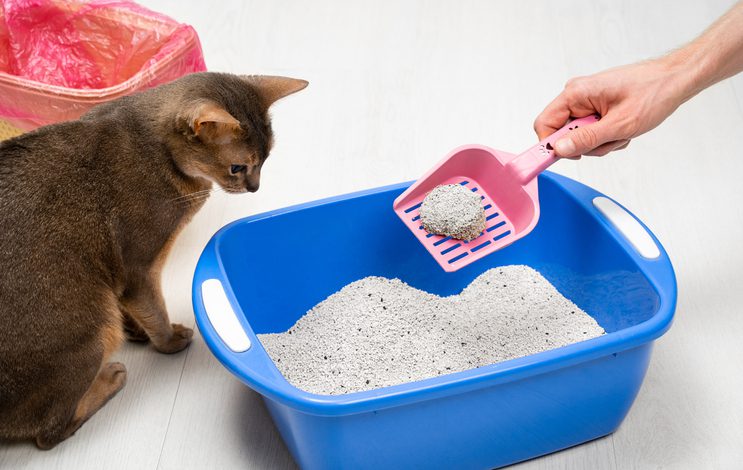

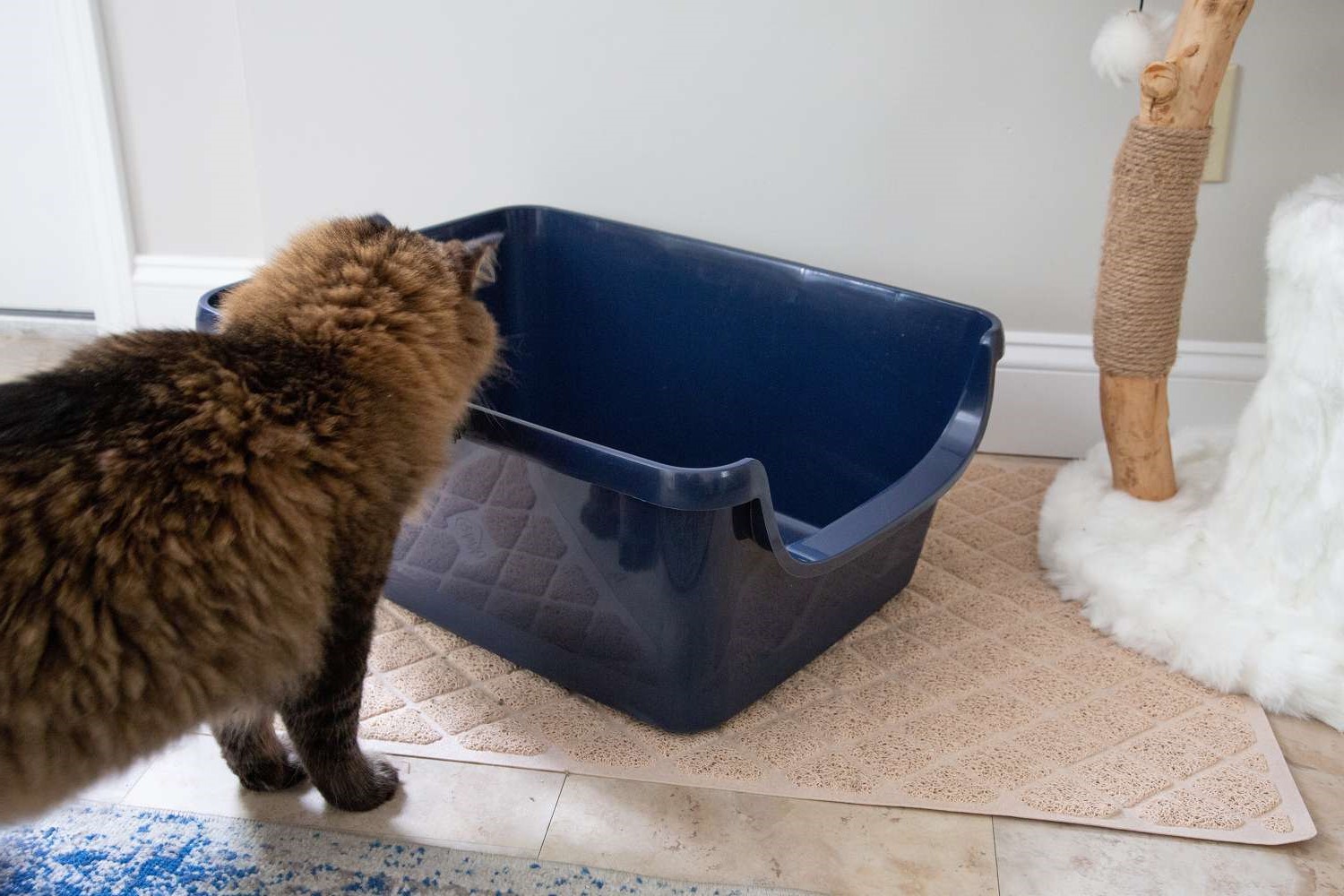

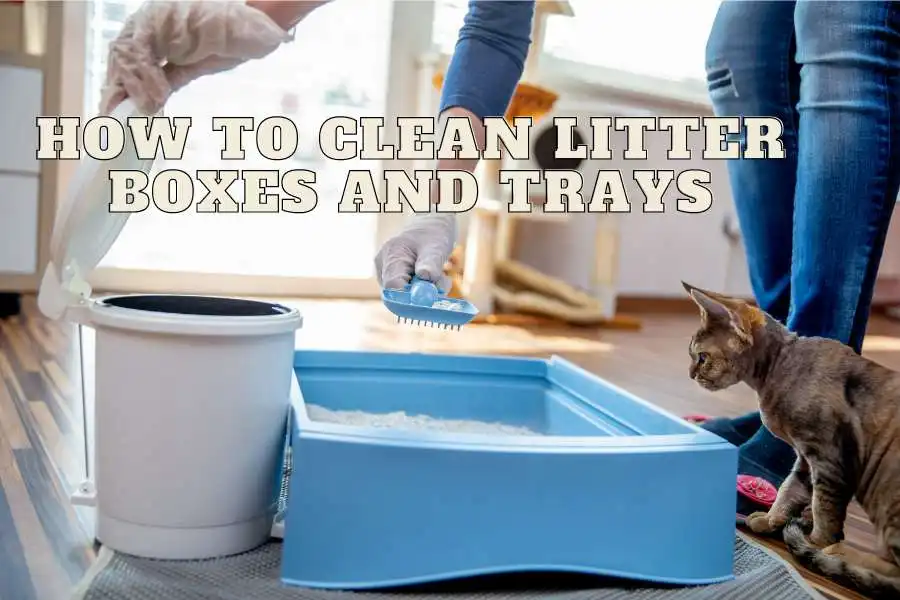



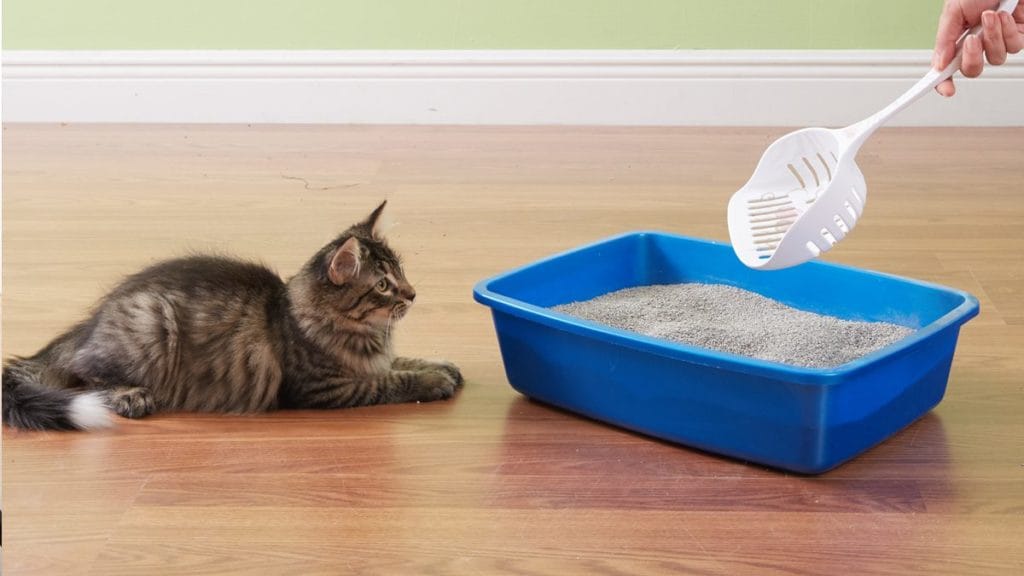
/litter-box-maintenance-555200_V3-da778d1a4fb54a2992a10584dac417c9.png)
